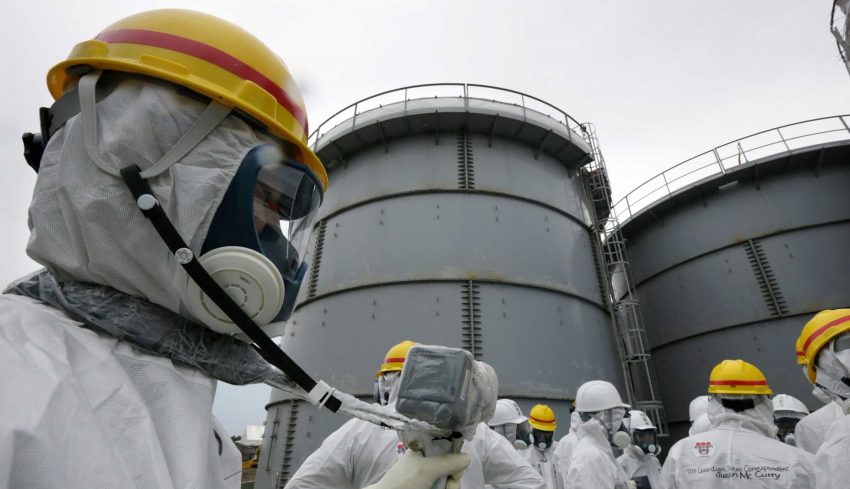Concerns over the Fukushima power reactor persist. In early May, former Secretary General of the Pacific Islands Forum Secretariat (PIFS), Dame Meg Taylor, called on Japan to reconsider its decision to release more than 1 million tonnes of treated nuclear-terminated water from the Fukushima power reactor into the Pacific Ocean. Dame Meg might have anticipated a more conciliatory response from Japan similar to that the Forum (PIF) had received way back in 1985. She would be disappointed.
In the early 1980s, Japan had proposed to dump cement-solidified drums of low radioactive waste in the high seas. After much multi-tiered protest by PIF Leaders, Japan relented. But its decision was unashamedly diplomatic and impermanent. In 1985, then Japan Prime Minister Nakasone was to visit Fiji. On the eve of his official visit, he announced his intention to shelve, but not to abandon the dumping proposal in deference to island sensitivities on the matter.
This time around, Japan is obdurate. It is pursuing a two-prong approach. The first is its attempt at appeasement of PIF Leaders. Somewhat crude; but Japan is clutching at straws.
Japan is a member of the International Atomic Energy Agency (IAEA) and hosts one of the two Agency’s Regional Safeguards Offices in Tokyo. The other one is in Toronto, Canada – interestingly, another Pacific Ocean Rim country.
Japan’s game plan to enlist the aid of the IAEA is instructive. The IAEA is essentially an instrument for peace. It serves as an intergovernmental forum for scientific and technical cooperation in the peaceful use of nuclear energy and nuclear power worldwide. Fifty percent of PIF’s membership are members of the IAEA. Of these, Tonga is yet to deposit its ratification instrument with the Agency.
Ambassador Kaliopate Tavola’s full analysis in this month’s Islands Business.
